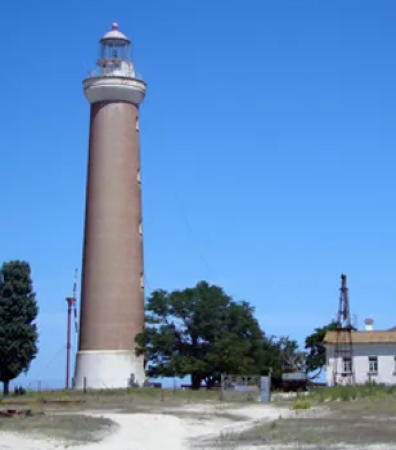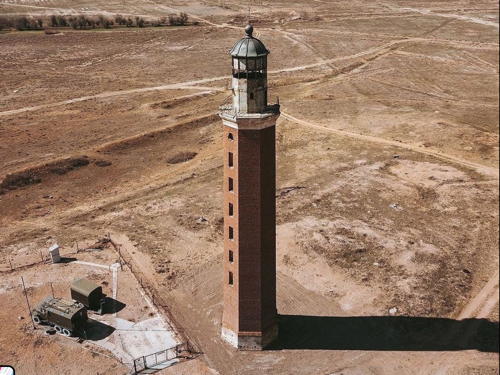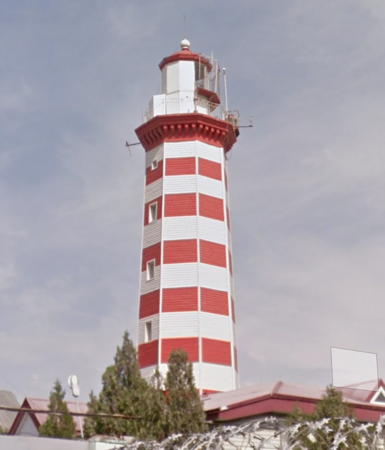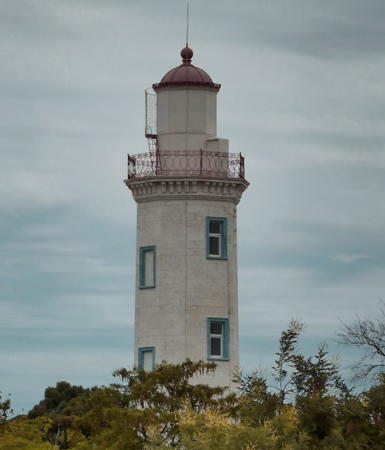Russia (Россия, Rossiya in Russian) is by far the world's largest country, spanning a little over 150° in longitude. It is organized as the Russian Federation (Rossiyskaya Federatsiya) with members known as federal subjects (sub'yekty federatsii). Russia is primarily a continental nation but it has important coastlines on the Baltic, Black, and Caspian Seas and very long coastlines on the Arctic Ocean and North Pacific Oceans. To guard these coasts it operates hundreds of lighthouses, many of them historic.
The Caspian Sea is the world's largest lake, with a length of about 1100 km (700 mi). It receives the waters of the Volga and Ural Rivers and many smaller streams, but it has no outlet to the ocean. Prior to the fall of the Soviet Union in 1991 Soviet republics bordered all of the Caspian Sea except the south coast, which is in Iran. Today the southwest coast is in Azerbaijan, the southeast coast is in Turkmenistan, and the northeast coast is in Kazakhstan. Russia borders the north and northwest coasts.
The Caspian Sea is at the southeastern corner of Russia's extensive network of inland waterways. The Volga River, Europe's longest river, forms the backbone of this system as it drains southward into the Caspian Sea. The lower portion of the Volga is connected to the Don River and the Black Sea by the Volga-Don Canal, providing a connection from the Caspian to the Mediterranean Sea.
During the Soviet era about two dozen major lighthouses were built on the Caspian Sea. Some are abandoned today but many others remain in use. Since aids to navigation on inland waterways such as the Caspian Sea are not listed on international light lists we have very little information about them.
The Russian word for a lighthouse is mayak (маяк); ostrov is an island, rif is a reef, mys is a cape, bukhta is a bay, zaliv is a larger bay or gulf, proliv is a strait, reka is a river, and gavan' is a harbor. In Russian the Caspian Sea is Kaspiyskoye more.
Russia's aids to navigation on the Caspian Sea are presumably maintained by Rosmorrechflot, the Federal Agency for Maritime and River Transport.
ARLHS numbers are from the ARLHS World List of Lights. Lighthouses on the landlocked Caspian are not included in international light lists.
- General Sources
- World of Lighthouses - Caspian Sea Coast of Russia
- Photos by various photographers available from Lightphotos.net.
- Caspian Sea lighthouses in Russia
- Photos by various photographers available from Wikimedia.
- Lighthouses of the Caspian Sea
- Information (in Russian) from the Russian Lighthouse Society.
- Russische Leuchttürme auf historischen Postkarten
- Historic postcard images posted by Klaus Huelse.

Ostrov Chechen' Light, Caspian Sea, 2016
photo by Amateur radio operators R3RRC




